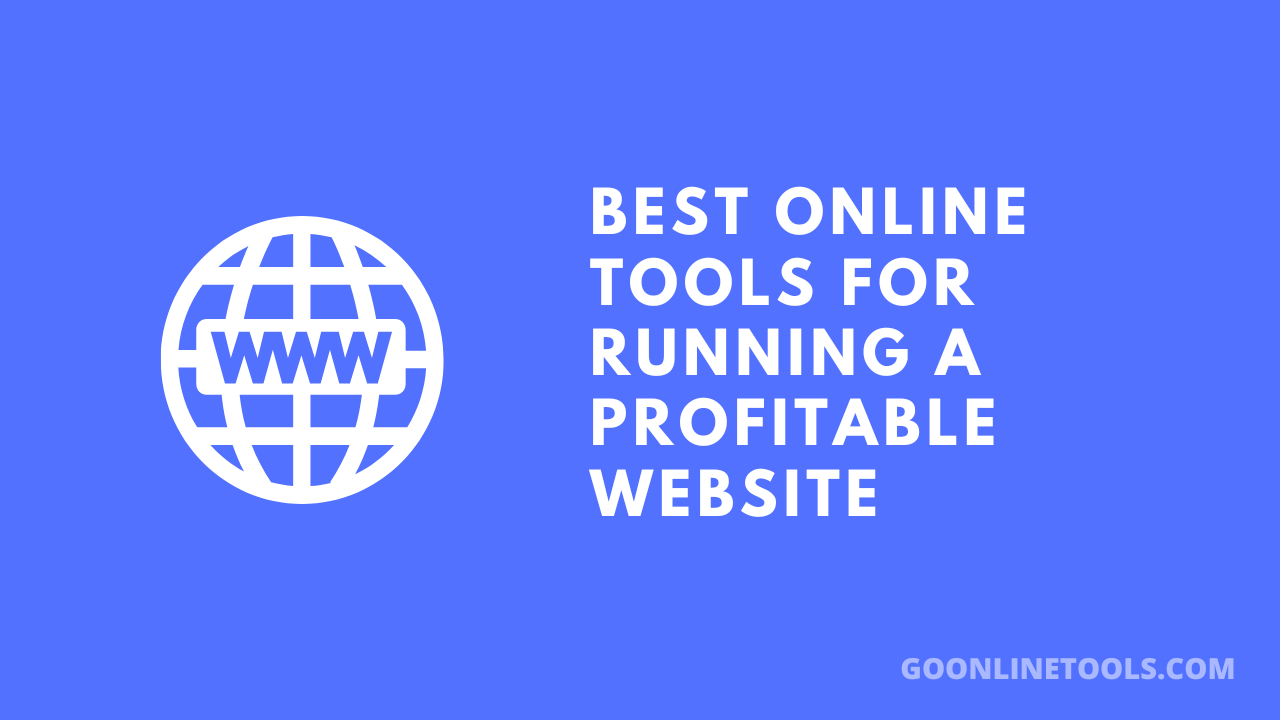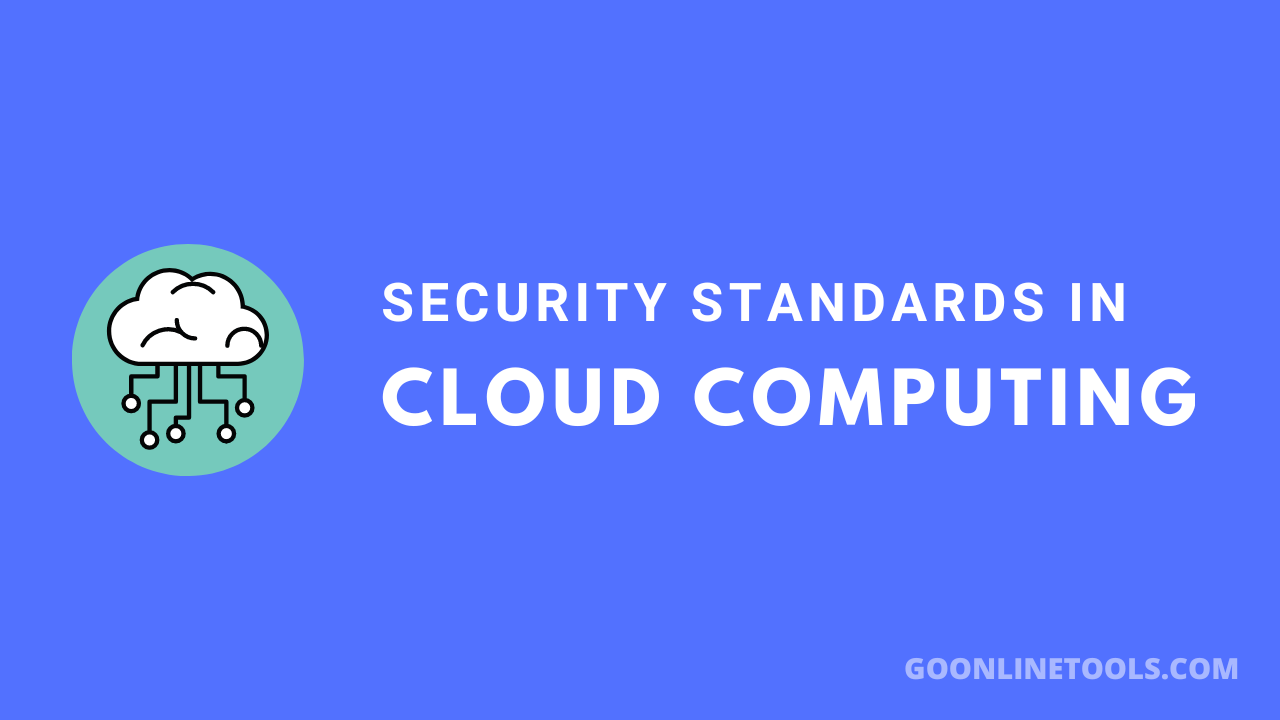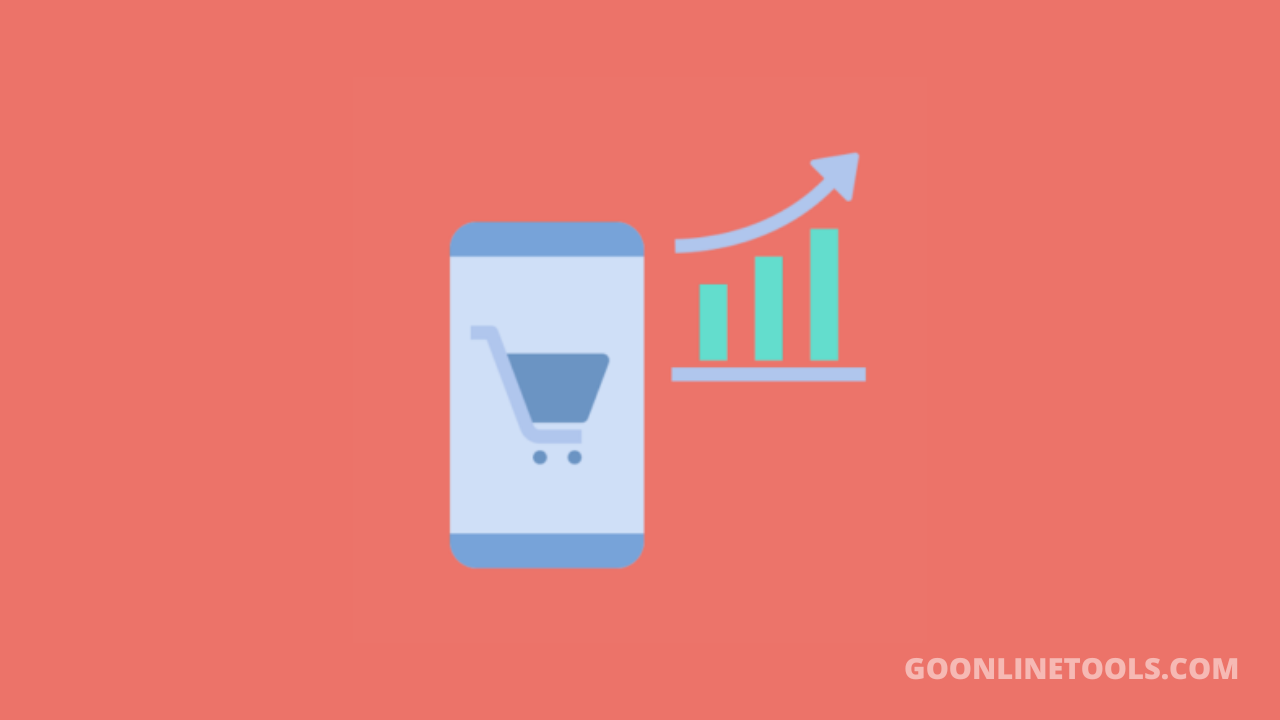
Featured image for "Securing Sensitive Data in the Workplace: Effective Measures and Protocols"
Data security is essential for business longevity. Most contemporary businesses collect, store, and utilize user data to improve ad campaigns, personalize services, or predict quarter revenue. According to IBM’s statistics, failure to protect business-sensitive information amounts to up to ten million dollars in losses and long-lasting reputational harm.
Humans cause most cyber incidents. Whether using a weak password or downloading an infected email attachment, they take unnecessary risks with dire consequences. This article provides brief but effective tips on securing sensitive data in the workplace.
1. Data Access Control
Sensitive business data should not be available to all employees. There’s no need for graphic designers to access user payment details, and it’s the job of a network security administrator to distribute access privileges. Segmenting databases and restricting access to most confidential secrets only to the selected few is best.
Remember that data is accessed via applications, like CRM tools, which means restricting access is often done on the app level. A dedicated business password manager allows for setting strong and unique passwords per application and monitoring access privileges. Credentials are assigned to responsible employees and restrict others from accessing sensitive information.
2. Data Encryption
Data encryption is paramount to online security. Before advanced encryption algorithms, online data flow was plain text for everyone to see. A hacker with minimal coding knowledge and an online surveillance tool could easily glimpse at private conversations. Online financial transactions would be impossible without encryption because the payment details would be exposed to malicious actors.
You are inviting trouble if you don’t encrypt sensitive business information. Firstly, lawful regulations like GDPR require businesses to encrypt user data or face hefty fines. You must ensure the clients’ names, social security numbers, payment details, etc., are encrypted. If hackers find such information in plain text, they can immediately use it for other malicious scams putting your customers at risk.
Firstly, we recommend encrypting data at rest. The Windows operating system has an in-built BitLocker feature that encrypts the whole drive. However, you can use third-party Cloud servers that include data encryption in their services to save funds on developing your own expensive structure. VPNs handle data-in-transit encryption – our third information security tip.
3. Virtual Private Network
VPN is a privacy-protection-oriented cybersecurity software. Microsoft developed VPNs to ensure safe remote access to business intranets. As you might’ve guessed, VPNs became popular during the Covid-19 lockdowns when most employees had to work from home. Hackers quickly shifted attention to unsecured home networks, exploiting the lack of cybersecurity protocols to attack a remote business network.
A VPN opens a secure and encrypted tunnel between the user’s device and the target destination. In this case, it will encrypt all data flow between remote employee devices and the business intranet, protecting it from threats like online surveillance and Man-in-the-middle attacks. All remote employees must know how to use a VPN when handling sensitive business information. Without it, criminals can intercept the communication, steal confidential user data, or modify it to inject a virus.
4. Employee Training
Your cybersecurity system is as strong as its weakest link. Even the most expensive firewall will not save you if your employees use ‘qwerty123’ to protect online accounts or browse virus-infected sites on work devices.
We recommend doing regular onsite cybersecurity training that includes:
- Safe browsing habits;
- Phishing identification & protection;
- Cybersecurity software training;
- Password management;
- BYOD and WFH policy safety;
- Information security.
Employees will learn essential online safety tips to feel more comfortable at work. Lastly, test their knowledge by simulating a cyber attack, like sending an internal phishing email to notice workers that have not yet learned to identify them.
Last Words
Large corporations can spend millions of dollars on secure server structures, but securing it for small-to-mid businesses is not that costly. Remember that most criminals look for the easiest target, so they will switch attention if they notice at least the basic data safety protection software. The solutions above are excellent for growing businesses to neutralize the most common data-related cyber threats.
The Editorial Team at GoOnlineTools.com specializes in delivering cutting-edge information on technology.
View all articles




